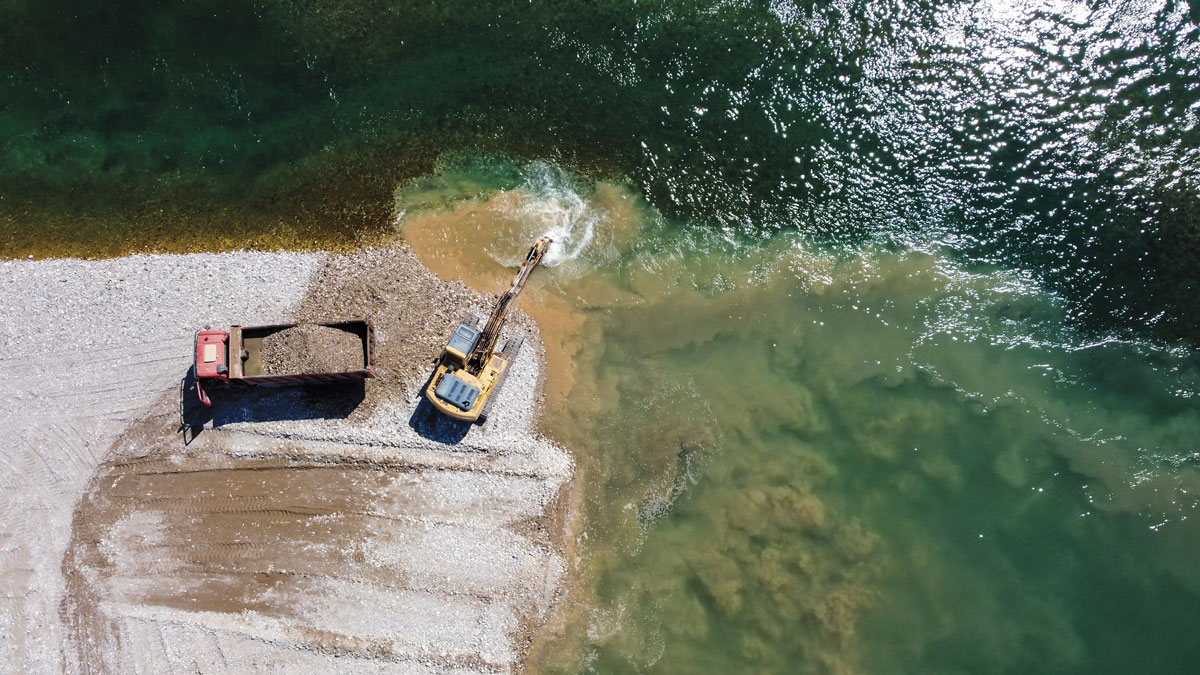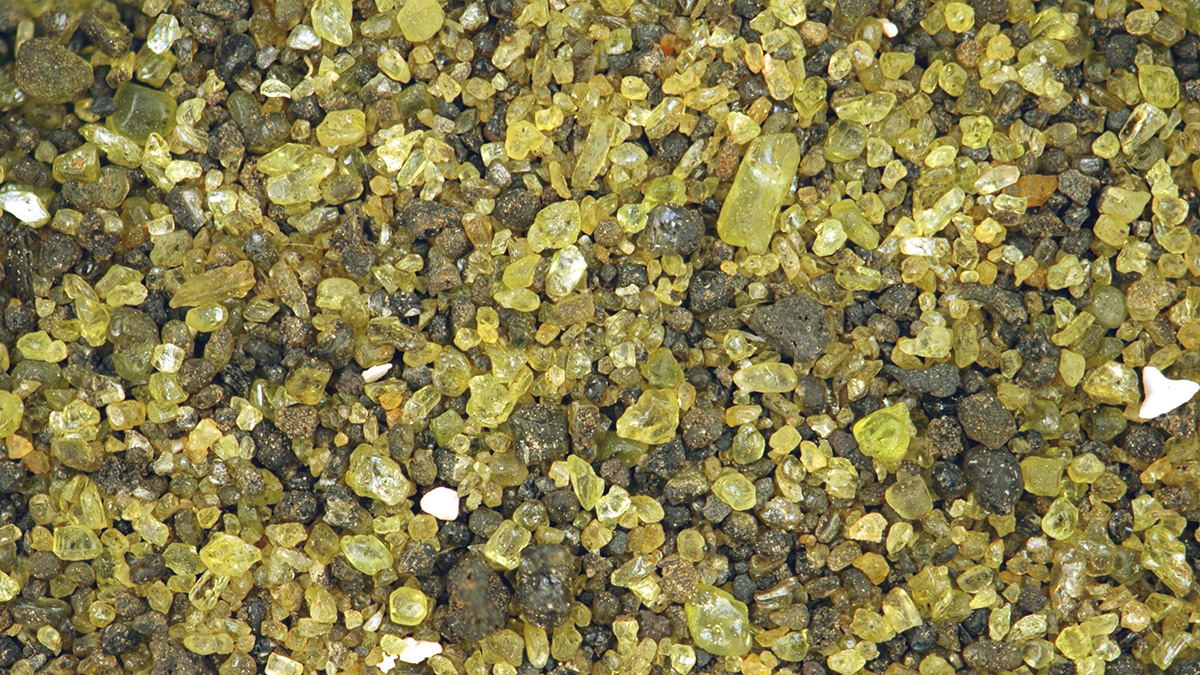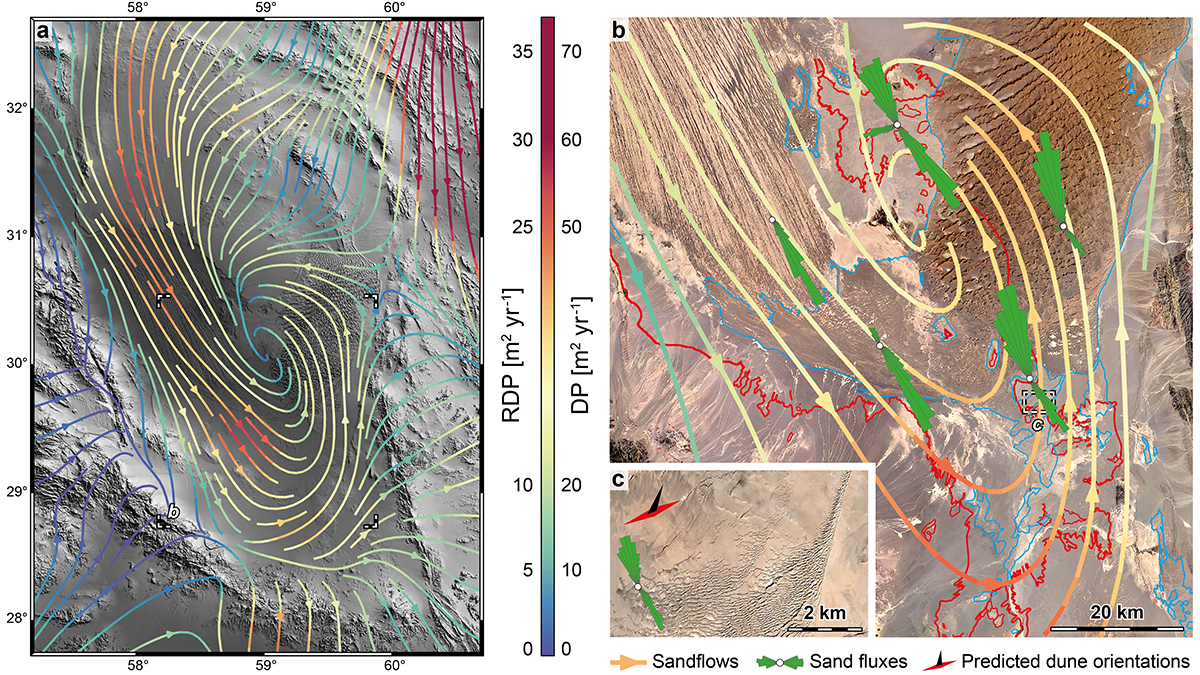Dramatic erosion of a sand dune in Viña del Mar, Chile appears to be related to maintenance of a drainage pipe.
sand
The Nitty-Gritty Forces That Shape Planetary Surfaces
Scientists are coming up with ingenious ways to compare terrestrial sand dunes, dust storms, and rain with their counterparts on Mars and Titan.
Dust in the (Martian) Wind
The InSight Lander, on Mars, intentionally dumped sand over its seismic instrument’s tether and the wind sorted the particles by size as it blew them away.
Deep-Sea Sand and Where to Find It
Ancient underwater avalanches carried sand into the ocean’s abyss during a time when some least expected it.
What Electrons Can Tell Us About the Speed of Sand
A new sediment tracer uses the interactions between radiation, charge, and the Sun to uncover the hidden transport histories of sand grains.
Grains of Sand: Too Much and Never Enough
Sand is a foundational element of our cities, our homes, our landscapes and seascapes. How we will interact with the material in the future, however, is less certain.
Can These Rocks Help Rein in Climate Change?
Spreading olivine on beaches could accelerate ocean uptake of carbon dioxide and potentially limit climate change. The concept and execution still face some scrutiny from scientists.
Vashan Wright: A Champion for DEI in the Geosciences
While studying tectonic plates and sand, Wright works on a program to make the geosciences more equitable.
A Unique Glimpse at Sediment Erosion and Deposition by Wind
The Lut Desert in Iran is an exceptional natural laboratory to study how wind moves sediment across the landscape. A new study quantifies erosional and depositional sediment fluxes of the desert.
How Does Sand Move? New Observations Challenge Prevailing Formulas
Research in the Azores finds a discrepancy between field observations of sediment transport and predictions made with commonly used mathematical formulas.









